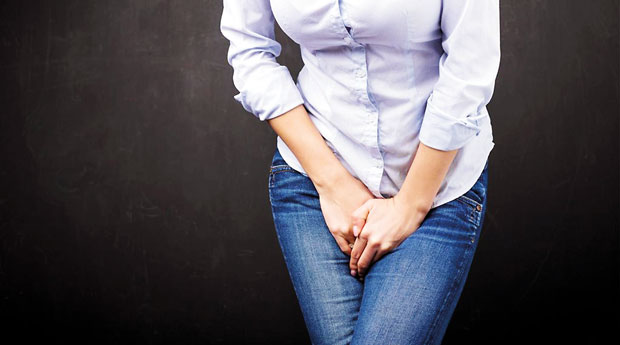Reply To:
Name - Reply Comment

(Reuters Health) - Roughly half of adult women may experience urinary incontinence, but few of them get diagnosed and treated despite a wide range of options to address the problem, doctors say.
Women are particularly prone to stress urinary incontinence, when the pelvic floor muscles are too weak to support the bladder. As a result, urine leaks during coughing, sneezing or exercise. Childbirth is a common reason for weak pelvic muscles, and obesity worsens the problem.
Urge incontinence, in contrast, doesn’t have a clear cause, although it can sometimes happen due to neurological problems, the authors note.
Some women may get both types of incontinence at once or develop bladder problems due to a urinary tract infection.
Only about one in four women with urinary incontinence seek care, and then less than half of these patients receive treatment, doctors note in a review of available therapies published in JAMA online October 24.
“There are several barriers - the most important thing being women are embarrassed so they cope and don’t say anything,” said senior author of the review Dr. Linda Brubaker of the University of California San Diego.
“They should be honest with themselves – once these symptoms are interrupting their lives and they won’t go for a walk or run or they avoid intimacy because of this, they should seek care,” Brubaker said by email. “The earlier they connect (with a clinician) the easier the treatment is and the higher the chance of success.”
Urinary incontinence occurs twice as often in women as in men and is more common as women get older. If left untreated, it can interfere with daily activities and lead to decreased quality of life, researchers note.
“Urinary incontinence can occur for many different reasons, such as damage from childbirth or surgery, genetics or changes during aging,” said Dr. Blayne Welk, a researcher at Western University in London, Ontario, who wasn’t involved in the JAMA paper.
“Both types of incontinence can be treated with behaviour changes and pelvic floor muscle therapy,” Welk said by email.
Behavioural approaches can include things like avoiding caffeine, drinking small amounts of fluid and using the bathroom at scheduled times throughout the day. Exercises can target the pelvic floor muscles and help improve bladder control.
For urge incontinence, women may also consider medication if the exercises and lifestyle changes don’t provide enough relief, the researchers note.
With stress incontinence, surgery to support the bladder with mesh slings can help stop urine leakage, but these procedures carry some risks and aren’t an option for all women. Devices inserted into the vagina or urethra also can help.
Botox injections may also be an option for some women.
“If a woman is bothered by symptoms of leakage, then she should know that there are effective treatment options and that it is worth talking to her doctor,” said Dr. Anne Suskind, a urology researcher at the University of California, San Francisco, who wasn’t involved in
the paper.
There is almost always something that can be done to help with the leakage, and it is certainly worth starting this conversation,” Suskind said by email.
Because women may be embarrassed, doctors may need to start this discussion, she added.
“It is so important for physicians to ask patients about urinary incontinence, when appropriate, in order to open a dialogue and to help women who may benefit from treatment,” Suskind said.
SOURCE: bit.ly/2ldyhQk